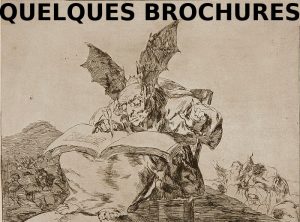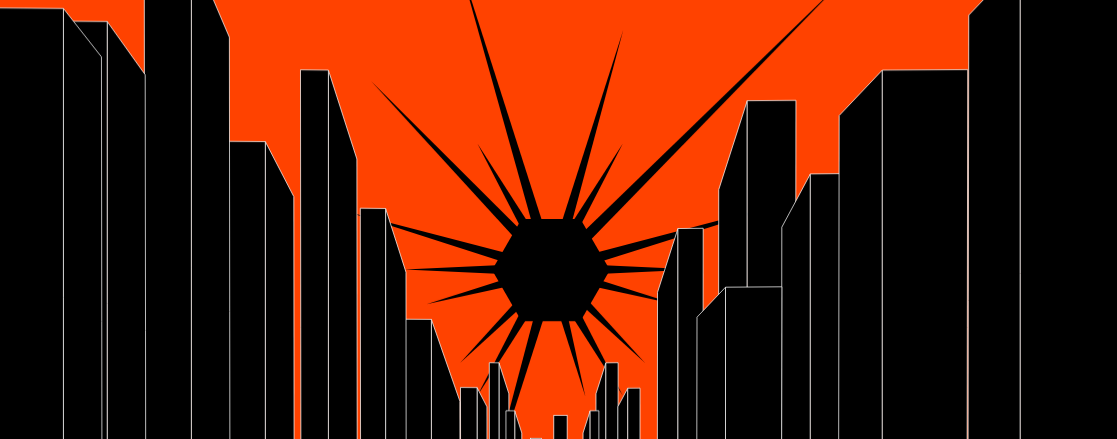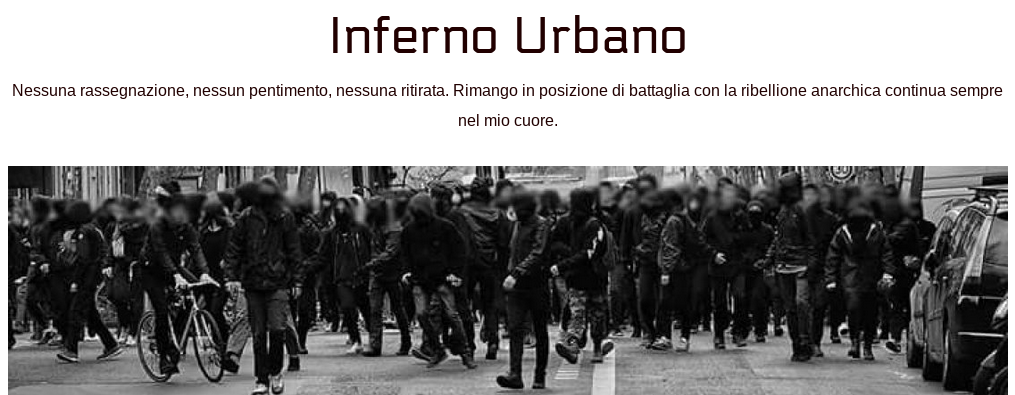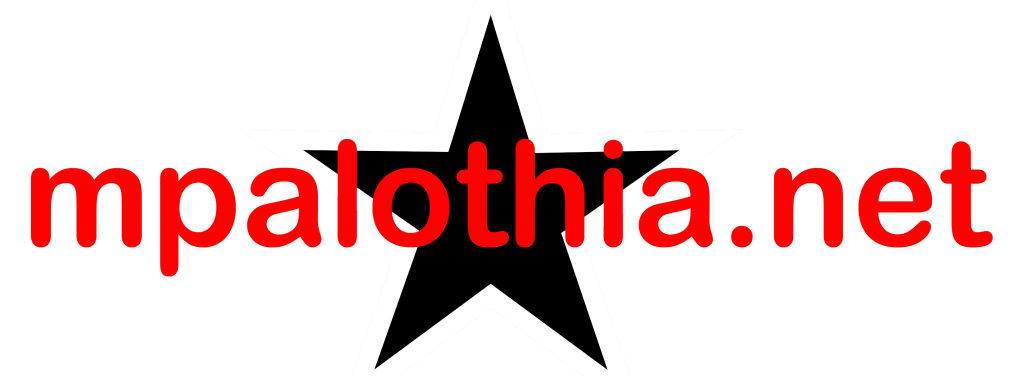Some thirty kilometers south of Paris, in the Essonne region of France, in the commune of Vert-le Petit, lies the Centre d’étude du Bouchet, one of the world’s leading nuclear and armaments sites.
It was here in 1820 that the Poudrerie Nationale du Bouchet was created, and during the First World slaughter, 5,000 workers produced huge quantities of gunpowder and ammunition for the front line.
From 1920 to 1940, although it did not stop manufacturing conventional munitions altogether, the plant focused much of its activity on new technologies linked to the possibility of a conflict involving chemical, biological and bacteriological processes.
In 1946, part of the site was assigned to the Commissariat à l’Energie Atomique (CEA), which set up and operated France’s first uranium processing, refining and conversion plant, as well as a nuclear waste processing facility until 1971. It was here that, in November 1949, the first milligrams of plutonium were extracted from the nuclear waste of France’s first atomic battery, the Zoé, an essential step in the manufacture of the French atomic bomb.
In the 1950s, uranium production increased steadily: 51 tonnes of uranium were produced at the Le Bouchet plant from the beginning of the year to the end of September 1952, and the annual peak of 500 tonnes was reached in 1956, the year in which the CEA site at Bruyères-le-Châtel was built a few kilometers away to design France’s atomic weapon.
During the 1960s and until its closure in 1971, the CEA plant at Le Bouchet remained a pilot plant for the development of new chemical processes for treating uranium. Le Bouchet produced over 4,000 tonnes of uranium, mainly for research reactors and natural uranium graphite gas reactors.
This was followed in 2013 by the opening of a P4 laboratory at the Le Bouchet site, where the Direction Générale de l’Armement (French Armament Procurement Agency) is responsible for “defense and protection against nuclear, radiological, biological and chemical aggression”.
Alongside them are LIVBAG, whose main activity is the manufacture of explosive materials; ISOCHEM, specialized in specialty chemicals; STRUCTIL (acquired by Hexcel in 2017), specialized in the production of high-performance materials for the aerospace, defense and industrial sectors, as well as a research and development center specializing in energy materials, belonging to the ArianeGroup (which produces the Ariane 5 and Ariane 6 launchers, as well as the M51 ballistic missile used on nuclear-powered ballistic missile submarines, each with a strike power equivalent to 1,000 times Hiroshima).
A few kilometers away, on the night of Thursday May 25 to Friday May 26, in an attempt to undermine their activities, we attacked the electricity network by setting fire to the three 63kV cables that run alongside each of the two pylons, on the edge of the Saint-Vrain forest, and supply part of the area’s electricity distribution network.
Just these few words: “The cables are under the pylons.”
Jane Birkin and fireflys from the adjacent woods
Translated by Act for Freedom Now!






















































